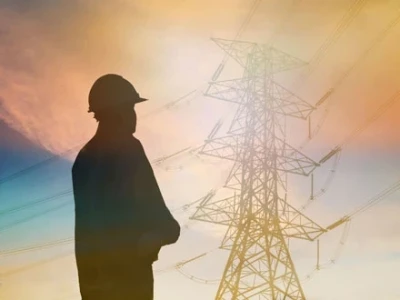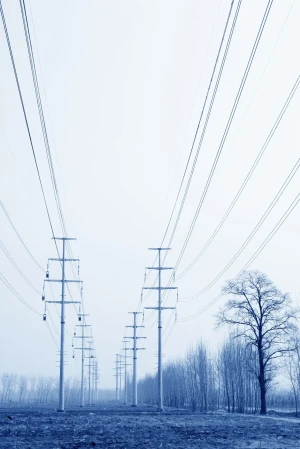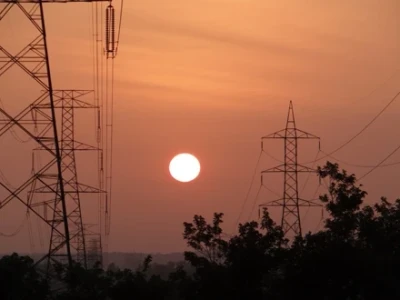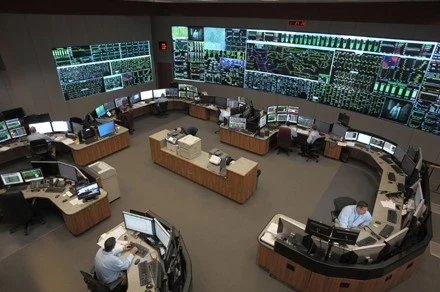Building a better world of smart structures on the smart grid

It is a truth universally acknowledged that billions of people around the world live in poverty. But does it have to be that way? Today’s technological progress means that tomorrow we will be able to produce more, more efficiently – lifting people above the breadline with accelerated economic growth all around the world.
Key to these efforts are smart buildings. A world of connected structures, making use of the whole range of technologies and data to enable efficient energy use, could ease the delivery of healthcare, education and industrial production across the developing world. And by leveraging abundant renewable energy sources such as solar, this can all be achieved in a sustainable way – without incurring large carbon costs.
But we are not there yet. The story of smart buildings in the developing world is still in its first few chapters. To make sure the tale is a happy one, smart buildings ought to operate on a smart grid. Yet in many developing countries, the grid itself is under tremendous pressure. These nations need to take charge.
The burden of batteries
A major obstacle standing between developing countries, such as India and Pakistan, and smart grids is intermittent energy supply through the network. And batteries, the traditional solution to such a problem (and indeed a technology that is crucial to building flexible smart grids), can exacerbate the issue.
Imagine a grid that is offline for a few hours a day – an issue that is rather common in villages around the world. When such a system goes down, people use their batteries instead. So far, so good. But unfortunately, as soon as the grid comes back on, these batteries all start charging.
And when there are lots of batteries in a small area, this can have a real impact on the network. Grids are rarely designed to handle such loads and repeatedly overloading transformers in this way dramatically reduces their lifespan – meaning expensive infrastructure costs just to maintain the grid. And for governments with limited budgets this makes it very difficult to invest in building something better.









